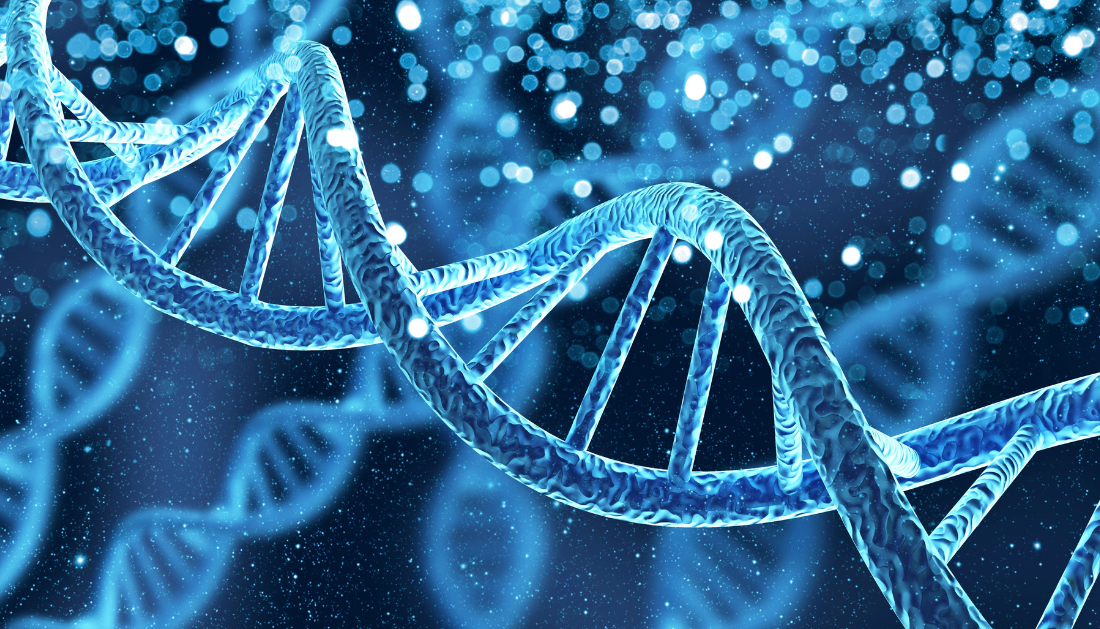

The same team reported in a recent study that a gene previously linked to autism spectrum disorder (ASD) by UT Southwestern Medical Center researchers appeared to play a critical role in directing cells in the brain’s hippocampus toward their ultimate identities. The discoveries, which were published in Science Advances, may potentially lead to new treatments for the common neurodevelopmental disease.
“This study is one of the few that provides a mechanistic understanding of autism spectrum disorder,” said senior author Maria Chahrour, Ph.D., Associate Professor of Neuroscience and Psychiatry and an Investigator in the Peter O’Donnell Jr. Brain Institute at UT Southwestern.
According to the Centers for Disease Control and Prevention, one out of every 36 children in the United States has ASD. Dr. Chahrour emphasized the importance of genetics in ASD by stating that twin studies indicate roughly 90% heritability. Although hundreds of genes related with ASD have been found, she added, it is unclear how these genes contribute to the illness.
Dr. Chahrour and her colleagues discovered an ASD-associated gene named KDM5A in 2020, demonstrating that individuals with mutations in this gene exhibit ASD, a lack of speech, intellectual incapacity, and other symptoms. Although KDM5A encodes a chromatin regulator (a protein that influences how DNA is packed in cells and whether other genes are expressed), the mechanism underlying its significance in ASD was unknown.
Dr. Chahrour and her colleagues investigated the variety of cell types in a mouse model in which this gene has been deleted, knowing that chromatin regulators control cell identity or how cells evolve into particular types. They focused on the hippocampus, the brain’s learning and memory area, whose structure and function are disrupted in autism spectrum disorder (ASD).
The hippocampus is made up of four major cell types: excitatory neurons, inhibitory neurons, glia, and endothelial cells, which are further subdivided into 24 subtypes. The researchers analyzed more than 105,000 nuclei using a technique known as single-nuclei RNA sequencing to compare the populations of cell types present in the hippocampus of mice with KDM5A versus animals lacking the gene, or “knockouts.”
Their findings revealed distinct differences in four excitatory neuron subtypes and two inhibitory neuron subtypes. Some of these cell types increased in number, others dropped, and one converted to a new subtype within its class in mice lacking KDM5A, indicating that KDM5A plays an important role in determining cell identity during development.
A closer inspection at the cells in the hippocampi of KDM5A knockout animals revealed that they were more developed, with abnormally more and longer branching cells than in KDM5A animals. Many of the damaged cells were found in the hippocampus’s CA1, which is important for maintaining social memories, or recollections of interactions with people. Changes in cell types can cause excitation and inhibition imbalances, and abnormalities in cellular development can harm hippocampal circuits and lead to hippocampus dysfunction, accounting for some of the symptoms associated with ASD, according to Dr. Chahrour.
Dr. Chahrour, an Associate Professor in the Eugene McDermott Center for Human Growth and Development and the Center for the Genetics of Host Defense at UTSW, said the findings advance her lab’s critical mission of understanding the molecular mechanisms underlying ASD and related neurodevelopmental conditions.
more recommended stories
 E-Cigarette Use and Heart Attack Risk in Former Smokers
E-Cigarette Use and Heart Attack Risk in Former SmokersKey Takeaways for Clinicians and Nurses.
 36-Week Pre-eclampsia Screening May Reduce Term Risk
36-Week Pre-eclampsia Screening May Reduce Term RiskA New Preventive Strategy for Term.
 Cardiovascular Risk and Sudden Cardiac Death in Diabetes
Cardiovascular Risk and Sudden Cardiac Death in DiabetesRising Sudden Cardiac Death (SCD) Risk.
 Poor Kidney Function and Alzheimer’s Biomarkers Explained
Poor Kidney Function and Alzheimer’s Biomarkers ExplainedPoor kidney function may influence levels.
 Walking Speed Before Hip Replacement Predicts Recovery
Walking Speed Before Hip Replacement Predicts RecoveryNew Evidence Points to a Simple,.
 Neuroblastoma Drug Combo Extends Survival in Models
Neuroblastoma Drug Combo Extends Survival in ModelsA Promising Shift in High-Risk Neuroblastoma.
 How Soybean Oil Impacts Weight Gain and Metabolism
How Soybean Oil Impacts Weight Gain and MetabolismWhy Soybean Oil May Affect Metabolism.
 Coffee and Cognitive Function: Evidence Review
Coffee and Cognitive Function: Evidence ReviewA new narrative review in Cureus.
 Colorectal Cancer Screening Rates Low in Adults 45–49
Colorectal Cancer Screening Rates Low in Adults 45–49Recent UCLA research reveals that colorectal.
 Gut Immune Cells and Long-Lasting Antiviral Protection.
Gut Immune Cells and Long-Lasting Antiviral Protection.Breakthrough Findings on How Gut Immune.

Leave a Comment